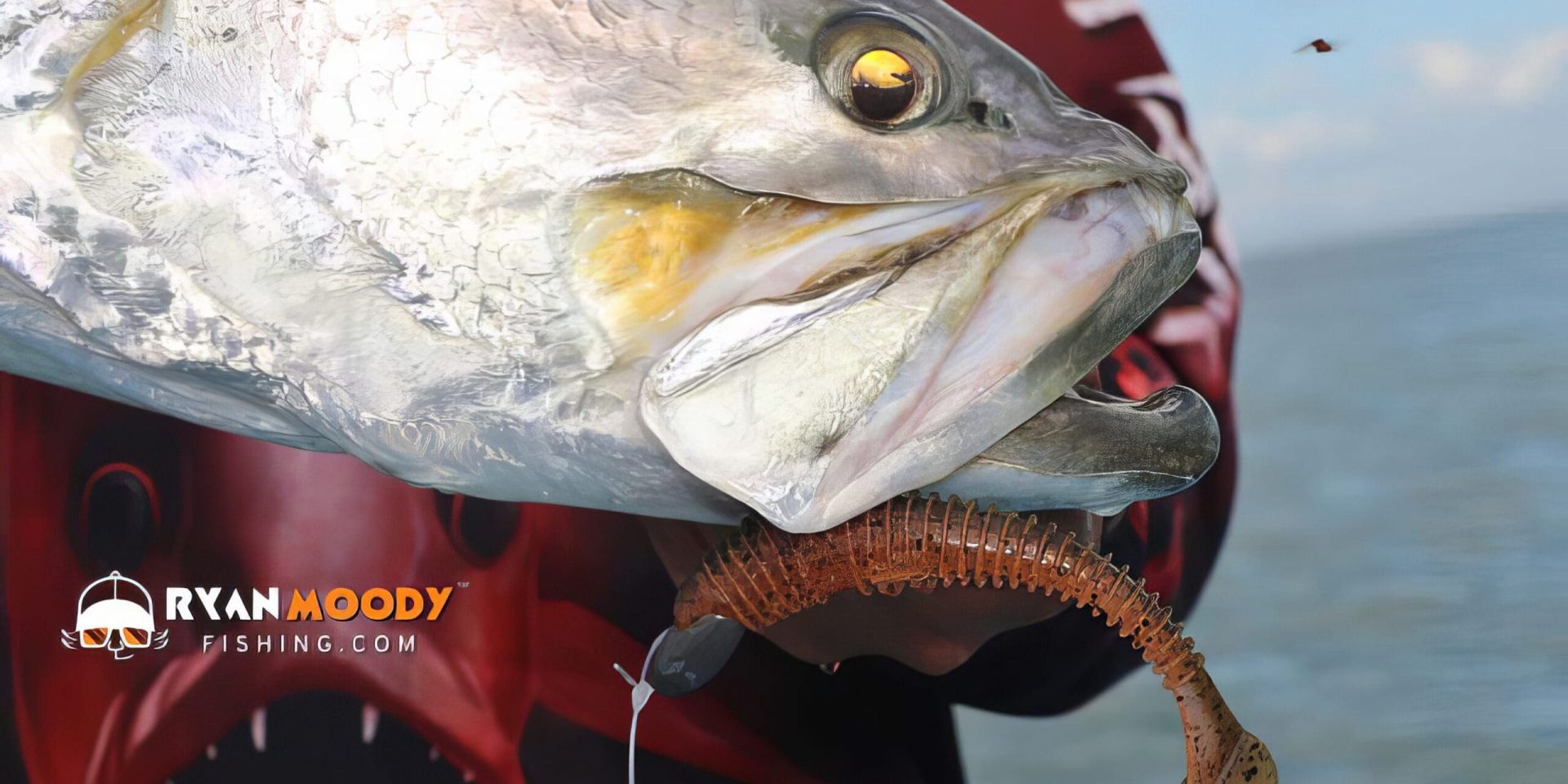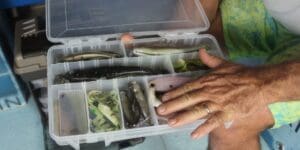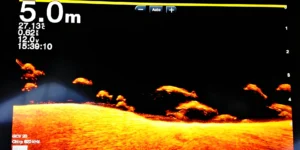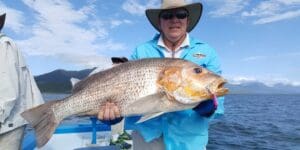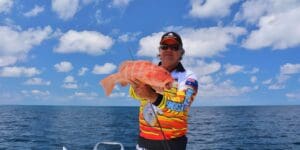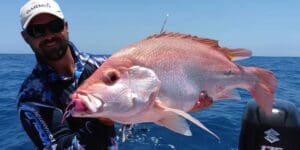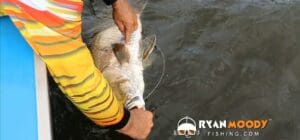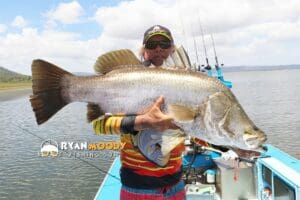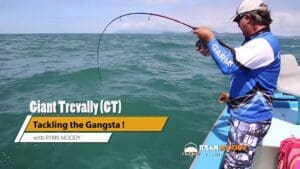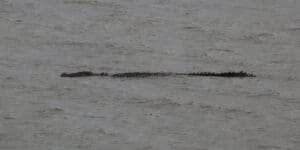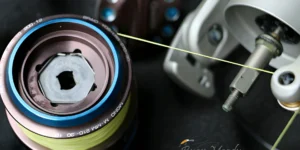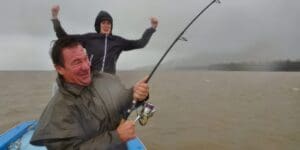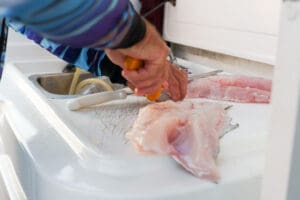Updated 21 June 2024
One of the most common questions I get asked is; “What are the best rigs and tackle for catching barramundi in Northern Australia?”
So I thought I’d make a quick video at our local BCF store to demonstrate not only the rigs and tackle for catching barramundi, but all sorts of tropical speedsters up here in northern Australia – from North Queensland, the Northern Territory and right across to Western Australia.
And so you don’t have to take notes, we’ve prepared a cheat sheet of the rigs and tackle for catching barramundi (and other tropical sports fish found in northern Australia) to make it easier. Simply click this link and download an up to date copy of the gear I use (or it’s currently available equivalent) free of charge.
Please note we have recently updated the cheat sheet so some of the model numbers may differ from those in the video as they have been superseded.
To make the most of the cheat sheet, be sure and watch the video below for usage applications and some useful fishing tips as well.
For those that prefer to read, we have outlined a few takeaway tips below regarding rigs and tackle for catching barramundi and other tropical sports fish from the video.
You’ll also want to peruse our Barramundi Fishing 101 blog for additional barra fishing tips.
Fishing with Live Bait for Barramundi
- Choose a 6 to 7 foot rod with medium action and soft tip
- Always use mono line when live baiting and I also prefer to use a spinning reel, around 600-700 in size. One of my favourites is the Fin-Nor Lethal.
- When your spool gets low, you can top it up with this mono to mono fishing knot.
- TOP TIP – Leave the rod in the holder and let the fish hook itself.
- Barra have eyes on the top of the head so we mostly use a paternoster rig when boat based and land based.
- In certain conditions we use a running rig.
- It is critical you have a smooth drag. Cleaning your reel without forcing water into it is the key. And conduct regular reel maintenance.
Lure Casting Rods and Reels
- When casting all day you want the combination to be light – so graphite or graphite composite around 5’6” in length.
- Always use braided line for luring so you can feel every movement.
- Baitcasters are great for casting and I love the Quantum Smoke HD baitcaster reels.
- TOP TIP – If using a baitcaster, reduce back lashes by setting your spool adjustments correctly – click here for how to video.
- Casting overhead is a neat technique for better accuracy and safety for other boat occupants when luring.
- Vary your casting angles for better results.
Best rods for jigging tropical estuaries
- A nice light rod 6-7 feet long is the go for jigging, bearing in mind you’ll be holding it all day.
- You can use a spin reel (Quantum Smoke 40-50) or baitcaster (Quantum Speed II)
- Designs for jigging only have the hypalon grip cut out and smaller tip guides.
- TOP TIP – learn the FG knot if purchasing a rod with small tip guides.
Best fishing line, leader and hooks (terminal tackle) for tropical estuaries
- When choosing rigs and tackle for catching barramundi, 20 to 30 lb fluoro is my preference for main line
- Schneider clear for leader – 55lb general use, 70lb when chasing bigger fish.
- I use Kahle style hooks for live baiting as they have a great hook up rate and most often hook in the corner of the mouth.
- Switch out your trebles to 6X strong – unless you purchase a good Aussie made lure like Old Dog Lures as these have the top hooks standard.
- TOP TIP – No swivel required. Use a long leader that winds onto the reel for best abrasive resistance. It’s called the wind on leader system.
Best Live Bait for Barramundi
- The best live bait for barramundi in winter is without a doubt, live prawns. See the following link for more details about winter barra bait.
- In warmer months, live mullet is one of the most effective baits for barramundi and can be caught with a cast net around creek mouths (and other many other places). Also, see our post on how to rig live mullet.
- Big whiting are a favourite live bait for barra, although you must ensure they are legal size.
- An easy live bait to catch is the greenback herring. These can be targeted using a drawstring castnet.
- The mud herring is best targeted using a bottom pocket cast net, along the edges of muddy banks in creeks.
- We have a comprehensive course on catching live bait quickly and easily. This ensures you spend more time fishing and less time chasing bait – especially at high tide when they can be hard to find (unless you know how).
- The best live bait for barramundi is, well… alive – so it’s important you dont kill them when rigging. Greenback herring should be rigged just before the eye socket. Mud herring and mullet can be rigged in the tail. Do not pin the through the back as they will spin in the current.
- As we explained previously, use a Kahle hook and set the rod in the holder and let the rod do the work. Do not strike like you see in the fishing shows. Trust me. After 30 years as a charter guide, this is the best method to catch a barra. Check out some of our big barra videos here.
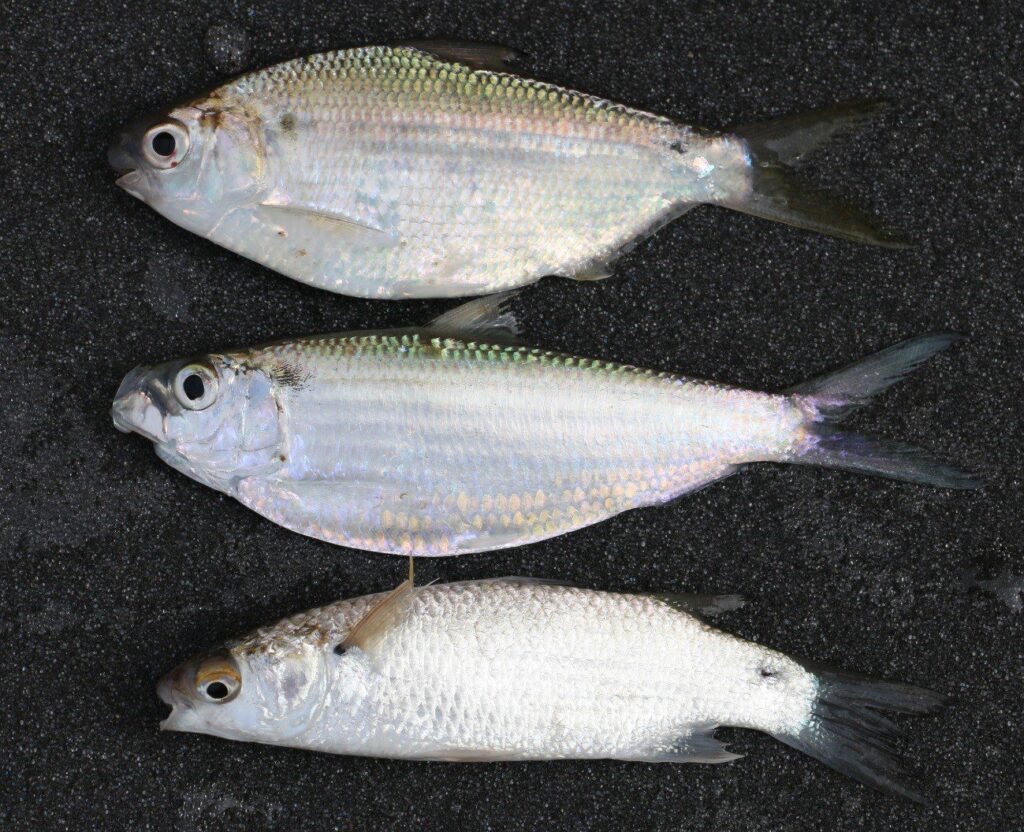
Best Lures for barramundi and other tropical species.
- Favourites are listed in the cheat sheet
- Casting | Shallow bib, 4-6 inches long
- Trolling | 5m – 8m depth range, 5-7 inch long lures
- Jigging | Soft vibes such as Fish Candy, hard vibes such as the Balista Juggernaut and paddle tail plastics such as the Keitech swing impact fat and Z man.
Related: See our updated post 7 Best Barramundi Lures & Where to Use Them.
You may also like our new blog post on barramundi fishing.
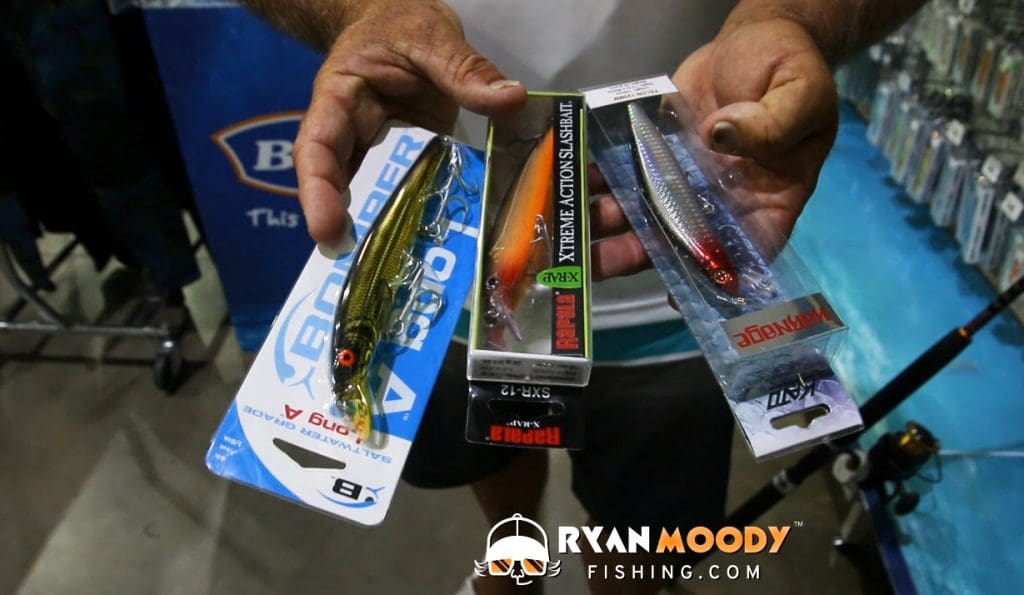
For more helpful tips on gear and tackle for tropical speedsters such as barramundi, threadfin salmon, click the links below to some of our previous posts;
How to set your drag correctly
Spinning reel basics without getting line twist
Do it yourself drag washer service
But don’t stop there…
Our premium fishing courses take it one step further and show you exactly where to go to find the fish and catch them consistently.
These are 30 years of Ryan Moody’s secrets, neatly tied together into a step by step format.
Students are raving about the courses and their catches have increased dramatically in both fish size and number of fish caught.
CLICK HERE >> to visit our online education website FISH SMARTER for details.


